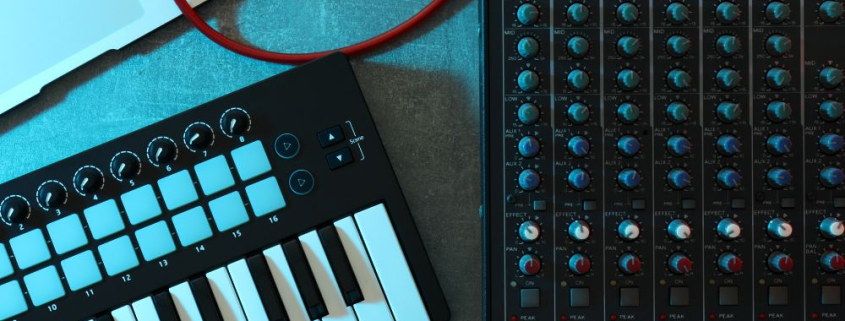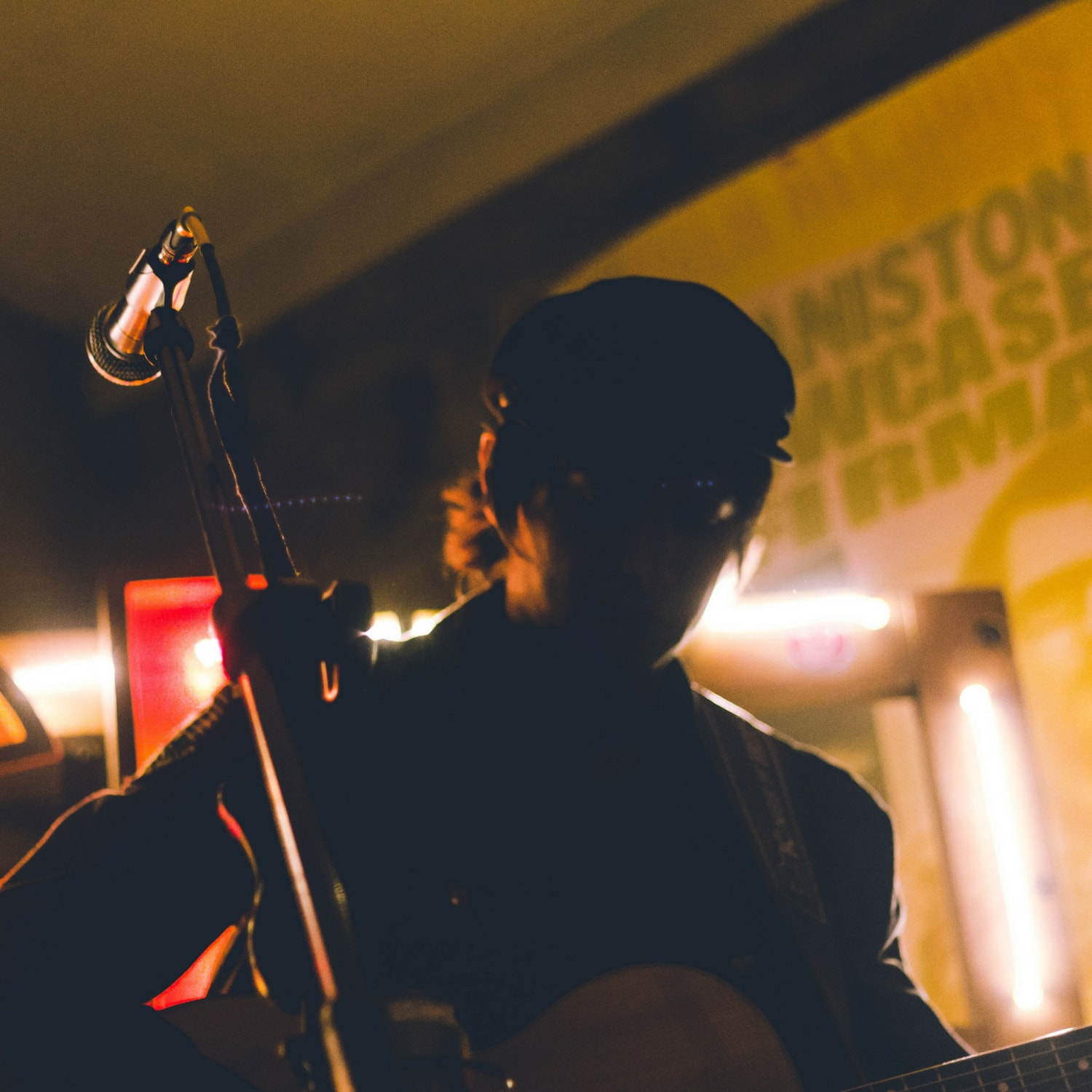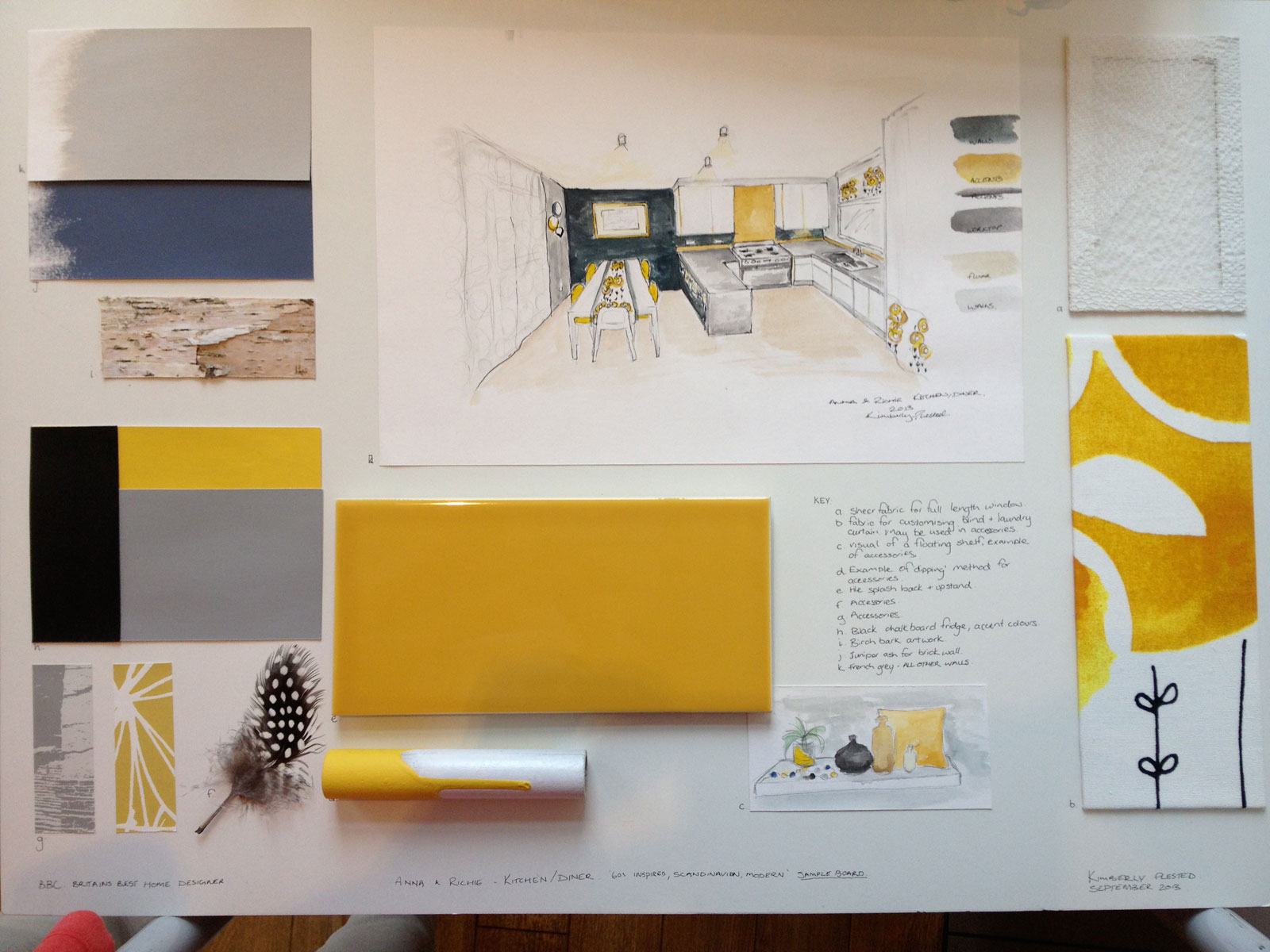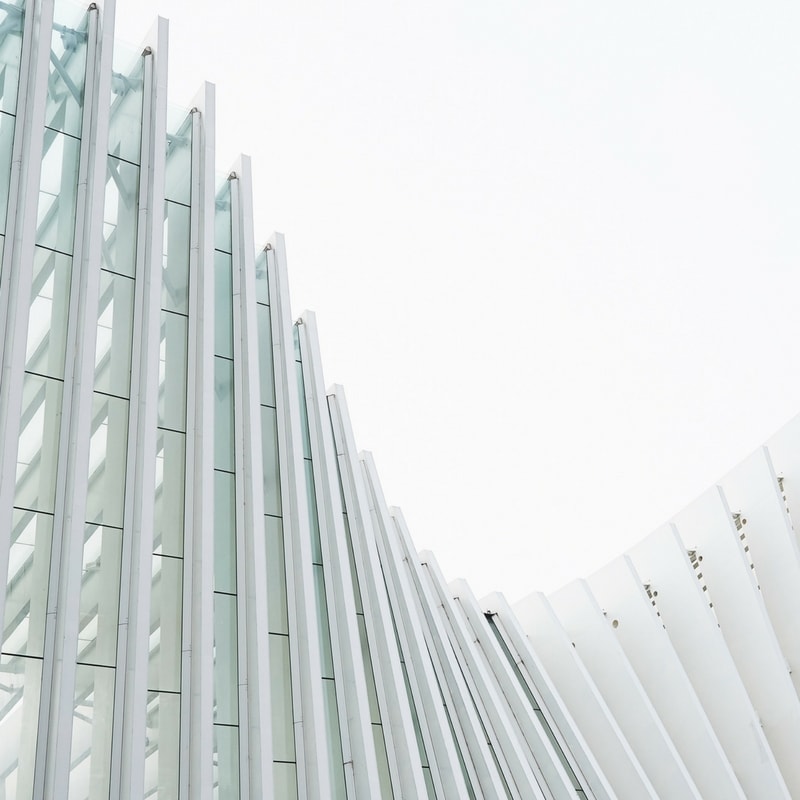Max For Live Gems For Ableton
(Updated June 23rd 2023)
I’ve been wanting to cover some of my favorite Max patches for a while. There are so many and sometimes, some are just meh and others, will be quite amazing. Since I’m basically hoarding digital tools for my studio, I thought I’d compile a list of some patches that feels like it’s hacking the production flow to the point where it’s like cheating.
Every now and then, I’ll be making music and whenever it feels too easy (it doesn’t happen enough though), I always the impression that it’s wrong.
In coaching, I teach that it’s never a problem. My take on this is to harvest ideas when it feels too easy because you might have found a hack and if it sounds good, then it means you found a way to express yourself.
This is why I never have enough tools that ease my creativity but I don’t rely on them as a quick fix for something I can normally do. If there’s a shortcut to something that takes a long time, which provides the same results, I’ll always go with the shortcut. Decision fatigue is something that ruins many studio sessions, and the meter goes down whenever you need to fix something or run into a complicated workflow.
In terms of tools, I have a few categories and I’ll present them based on a need or problem.
I like to think of the different needs related to music coming from different spheres.
Melodies: Sequencing, hook building, not harmonies, slicing/rearranging, generating.
Sounds: Design, harmonic/inharmonic, quantized, envelopes.
Effects: to be paired with sound sources so there can be variation and alteration.
Rhythms: generating, rearranging, unorthodox patterns, familiar patterns, ratcheting.
If you read my article about VCV and how the brain, the heart work, you’ll have one central source of sequences in one channel and then, you’ll have other channels that are the sounds who will receive the signal from. This is why I separate my sources and receivers. When you hunt for new ideas, you might have a nice melody but not the right sound or vice versa, so you want to be able to swap between them.
This is why I love VCV and modular because you can have built systems of melodies generating tools that send to multiple sound sources.
1- Sequencing : I want to create different rhythms or find patterns out of my usual flow
When it comes to sequencing, there are multiple ways to do it. You can use a note pattern from a midi clip if you want precise ideas. This is useful to lay the main idea of a song and to have direct control over the development of a pattern. But when it comes to generating ideas, I find that step sequencers that have random options, probabilities, phrase length adjustments to name a few, are super useful. It turns your machine into an idea maker and then you can cherry pick what suits your idea.
Drum sequencers that come top of the list for me are XO by XLN and Atlas. Both are quite similar but they offer in-context sample swapping, as well as sample organization, so it becomes really easy and fast to swap a sound to see what it would be like. Both offer different complementary ideas which is why I often use both but they’re not cheap.
Otherwise, if you want a quick fix, the Alexkid Instant Haus max patch is a free alternative. It will create some different rhythms for all your percussion instruments but you can use it to sequence notes or swap percussive for musical elements. Sadly there is no Max patch to hear percussions in context like Xo does. If you like that one, he also made other bundles that are pretty badass here, with more generating ideas for percussion.
I saw this patch here that is quite interesting. It is there to generate ideas so there are some nice potential. Also super powerful, comes Polyrhythm by Encoder audio, which is one of my favorite developers.
I also like Eucledean Pro because it uses the classic Euclidean approach to create beats.
Not long ago, a new max sequencer came out and it’s named Opal. It’s very influenced by Elektron machines. It’s really dope and can achieve so much for drums but also just for textures and even melodies. Powerful.
2 – Sequencing Melodies : Generate hooks, phrases and musical ideas
There are many ways to create a hook. You can use sampling (we’ll get there later), play melodies, extract melodies, combine sounds to make something catchy, record instruments or sounds… All those pretty much cover the main ways to find a hook. Depending on a specific genre, a technique might be used more frequently.
For ambient and electronic music, in general, sequencing ideas/notes to a synth or sound source is quite popular. Basslines, pads, chords and melodies are often coming from the piano roll. But you could use a melodic sequencer to do so.
I’m obsessed with melody sequencers. They’re fun but they also feel like you have a partner which you can tap endless ideas from.
Here are some of my favorites:
Pattern Generator by Manifest audio. Solid for creating complex or simple melodies as well as can be used for drums.
Snake: Brilliant patch for quick sequences.
Ask and answer: Works for creating call and answer hooks.
Turing Machine: inspired by Allan Turing, this device spits out sequences randomly and then you can loop the parts you like.
Aisle: This complex generating tool finds original sequences and patterns based on repetition. I find that this is excellent for percussions and evolutive percussive melodies.
On the more experimental flavor, Dillon Bastian has been a hero. It’s hard to explain in a few words what they do but he’s basically creating patterns and sounds through a visual context. For instance, with Rhythmorphic, he uses visual maps that shape how the patterns happen and what notes are triggered. It’s a bit hard to explain but it’s something quite unique and you can shape some very unique patterns. This can be very organic sounding, sort of like a chime. Or you can also use it to trigger percussion.
3- Sounds: I want to have sounds that are new to me but still not too crazy (or not).
When it comes to making sounds, I often deal with 2 kinds of mindset. On one hand I often find myself wanting to emulate sounds from songs or artists that I really like. I will try to reverse engineer how it sounds and will noodle around a bunch of different presets, pick the one that is the closest and then try to tweak it to something close to the target.
This is where “instruments” get handy. While you have a lot of options already with Ableton’s internal synths which are excellent, I compile a few ones here for you.
Chiral: Named holographic synth, it creates unreal sounds, based on multiple synthesis approaches. Hard to describe, these textures will sound very artificial, in a good way. Think of the ultimate synth for scifi score.
Iridescence: This is a delay unit that turns simple sounds into arpeggios. You can basically turn any sounds into a melody.
Grain Forest: The opposite of Chiral. It creates super organic sounds and environment. Bastian built an evolutive instruments with visuals of wind, seeds, trees that grow and die. It’s very relaxing and mesmerizing on its own.
poly-Plaits: The Plaits module is from Mutable Instruments and while this is an open source synth, it made its way to Max for live. It’s a synth with models. It sounds lovely.
Rings: Another take on Mutable instruments but this one is with the module of the same name. It’s a resonant synth with beautiful chime, bells sounds.
Copy Machine: This sampler takes a sample you pick and creates copies of it. The results are a bit mind boggling. Imagine you take a clap sample and turn it into a bunch of people who clap at the same time.
Fortrek: Inspired by the 4 tracker tapes of the 70’s and 80’s, this takes multiple recordings and scrubs through them. Really lovely for lofi feelings.
4 – Effects: Adding spices and colors
Never judge a boring sound as not useful because sometimes, adding the right effects can bring a whole amount of fun to it.
Granular Mirror Maze: A granulator that spits out super nice textures out of percussion or synths. Ideal for pads and backgrounds.
Maze: A looper, tape style with pitch. It is quite fun for creating off the grid ideas and have more of a musique concrète style.
Nube: a take on Clouds, an all time legendary modular effect that is a combination of delay, reverb and granulation.
Muse Concrète: This super advanced tool is not for everyone. It’s the ultimate tool to record and mangle sounds around. Big ups to my bro Offthesky for that one.
All effects from Encoder Audio are amazing.
I recently discovered the work of Robert K / Groov Mekanik and his vast collection of patches impressed me. Not only most of them are free and those who are for sale are at super low price, but the tools he has covers some needs that new and experienced producers want. I was appealed by the High Frequencies limiter that many artists should use as many often boost the highs too much. One patch I’d recommend getting right away is the Note Probability that is super useful for generative patches, adding flow and performances. It simply remove out some notes due to probability. Go have a look, there are some lovely tools in there.
But honestly, I think the most of what you have is by adding modulation to what you already have. This is why modulation options are useful. Here are some of my favorites:
Auto-Slider: Another brilliant essential tool from Offthesky. It records your movement and make turn it into a LFO or super long function signal.
Strange Mod: Dillon Bastian drops this amazing modulator that I use everywhere. Ideal for unusual random modulation.
Source: Inspired by the Buchla 266, it creates random signals.
All LFOs by Kentaro: Advanced and sophisticated, these can bring any modulation to the twilight zone…
I will update this page when I find new things so you might want to bookmark it. If you have suggestions, please share them!












Leave a Reply
Want to join the discussion?Feel free to contribute!